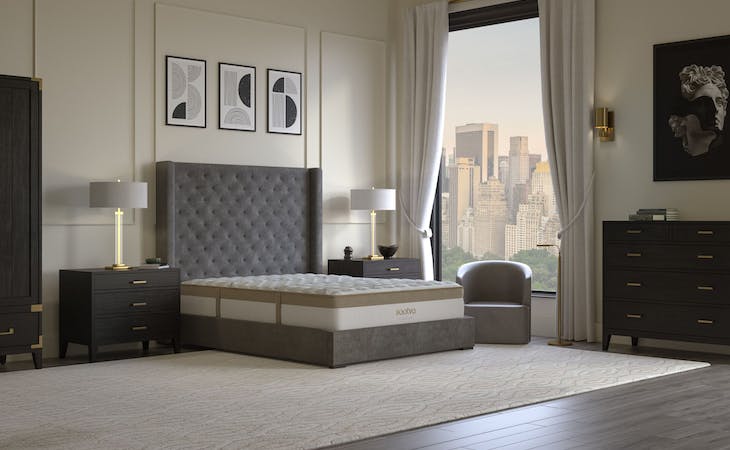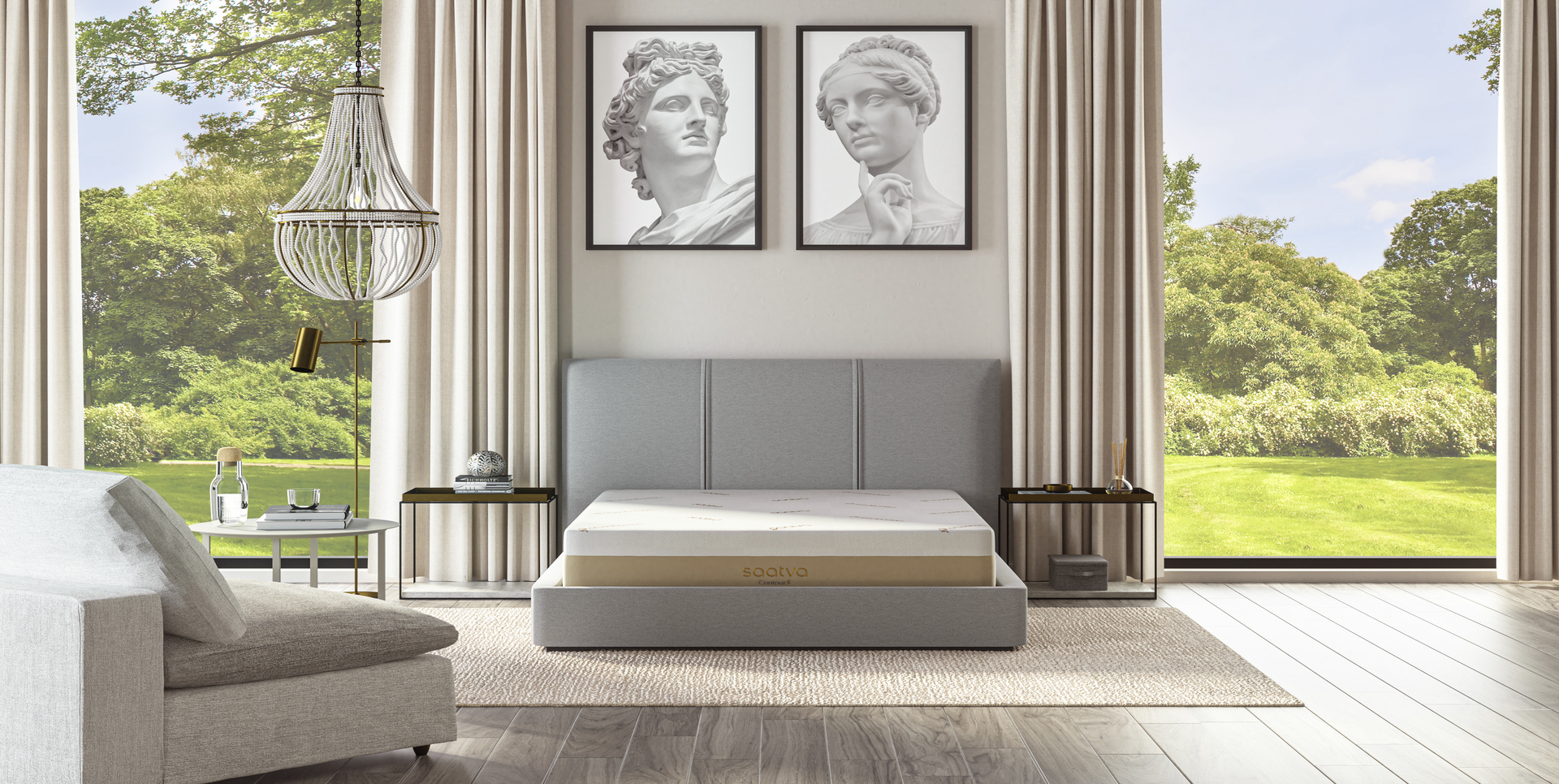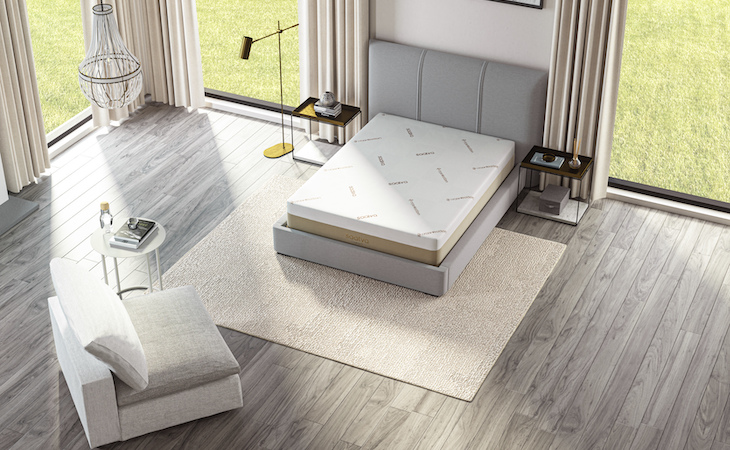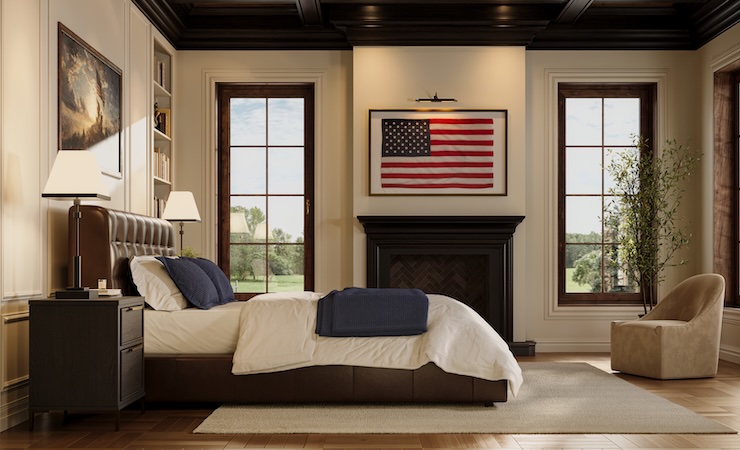Motion isolation is one of the most important features to consider when shopping for a new mattress, especially if you share your bed with a partner or pet.
A mattress with good motion isolation ensures you won’t feel someone else moving around in bed while you sleep or disturb your partner in their sleep.
This article will go into more detail about what motion isolation is, how various mattress materials perform when it comes to motion isolation, and answer your most asked questions on the topic.
What is motion isolation in a mattress?
Motion isolation refers to whether or not movement on one part of the mattress will be felt somewhere else on the mattress. A bed with good motion isolation means you probably won’t feel or cause a lot of movement while you sleep.
Why is motion isolation important?
Motion isolation is crucial for good quality sleep as it prevents sleep disturbances, morning restlessness, and next-day fatigue. It’s especially important for couples where one partner tends to move around a lot throughout the night. Motion transfer isn’t as disruptive for solo sleepers.
Mattress types and motion isolation
If you and your partner are in the market for a mattress with great motion isolation, keep reading to learn about the most common mattress types and how they perform when it comes to motion isolation.
Memory foam mattresses
Memory foam is excellent for motion isolation, making it the best mattress type for couples struggling with motion transfer.
A
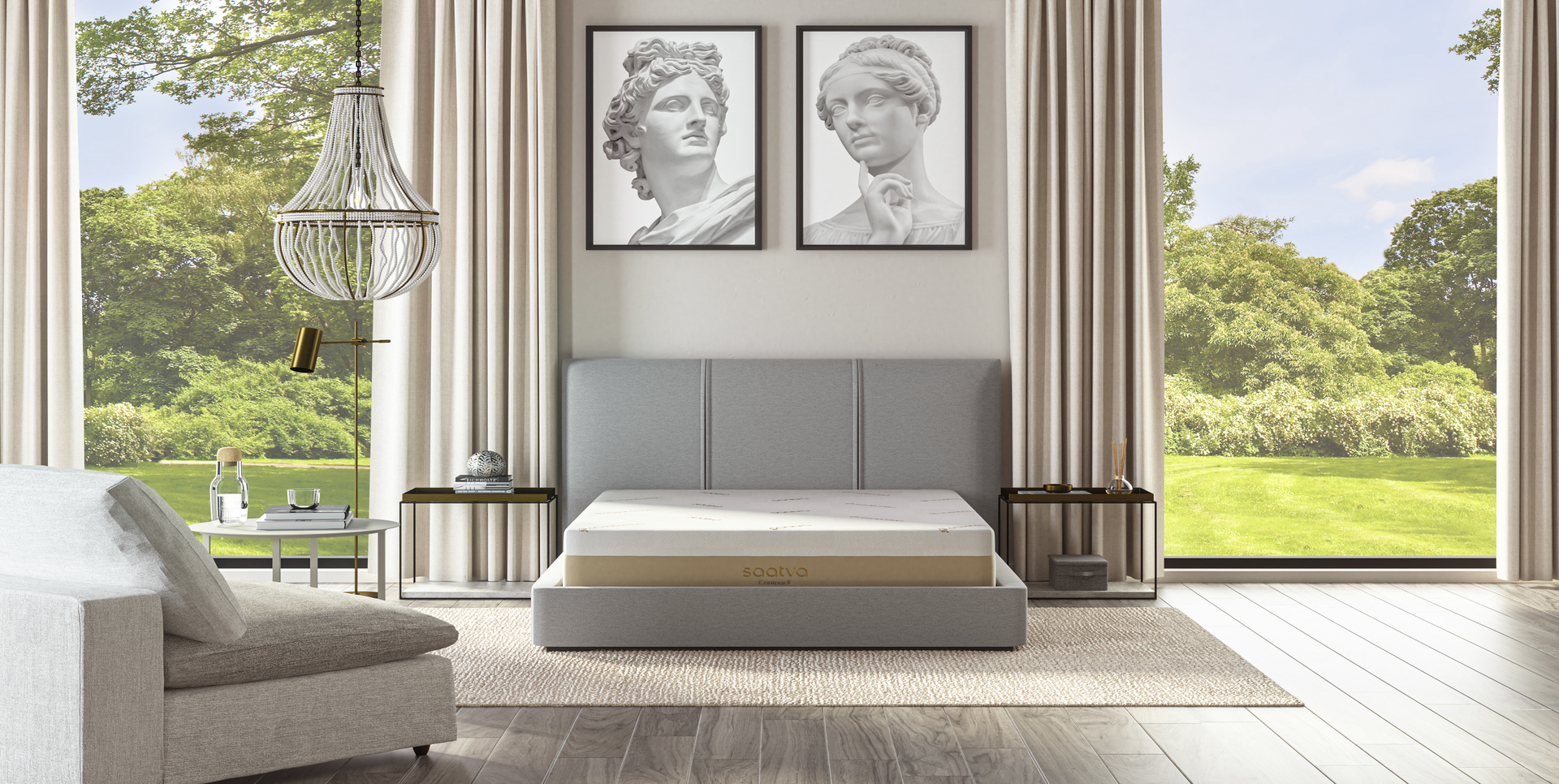
The most luxurious memory foam with adaptive cooling & body-hugging support
is made from viscoelastic foam, a type of high-density polyurethane foam. In response to heat and pressure, memory foam will soften, giving it a body-hugging feel and contouring ability that makes you feel as if you’re in the mattress rather than lying on top of it.
These qualities prevent the mattress surface from slanting if one partner is heavier than the other and ensure it’ll absorb movement rather than transfer it to surrounding areas.
Hybrid mattresses
Hybrid mattresses are another great option for motion isolation. A
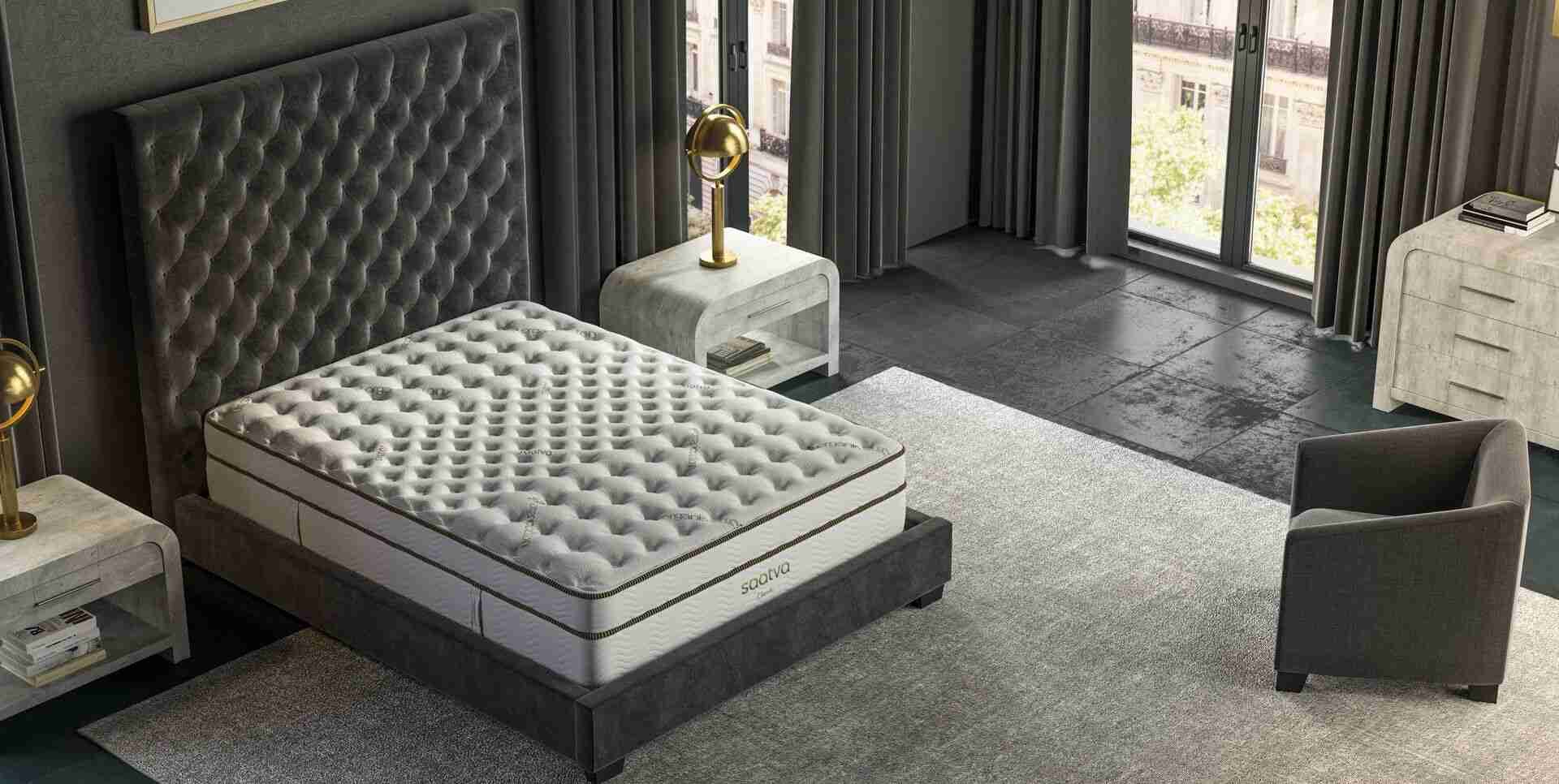
America’s best-selling online luxury innerspring
combines a coil system and a 2-inch (or more) comfort layer that can be made of memory foam, poly foam, latex, etc.
The foam comfort layers can help absorb movement—and the added coil system has coils that are individually wrapped with fabric, which can further help lessen motion transfer.
Adjustable firmness mattresses
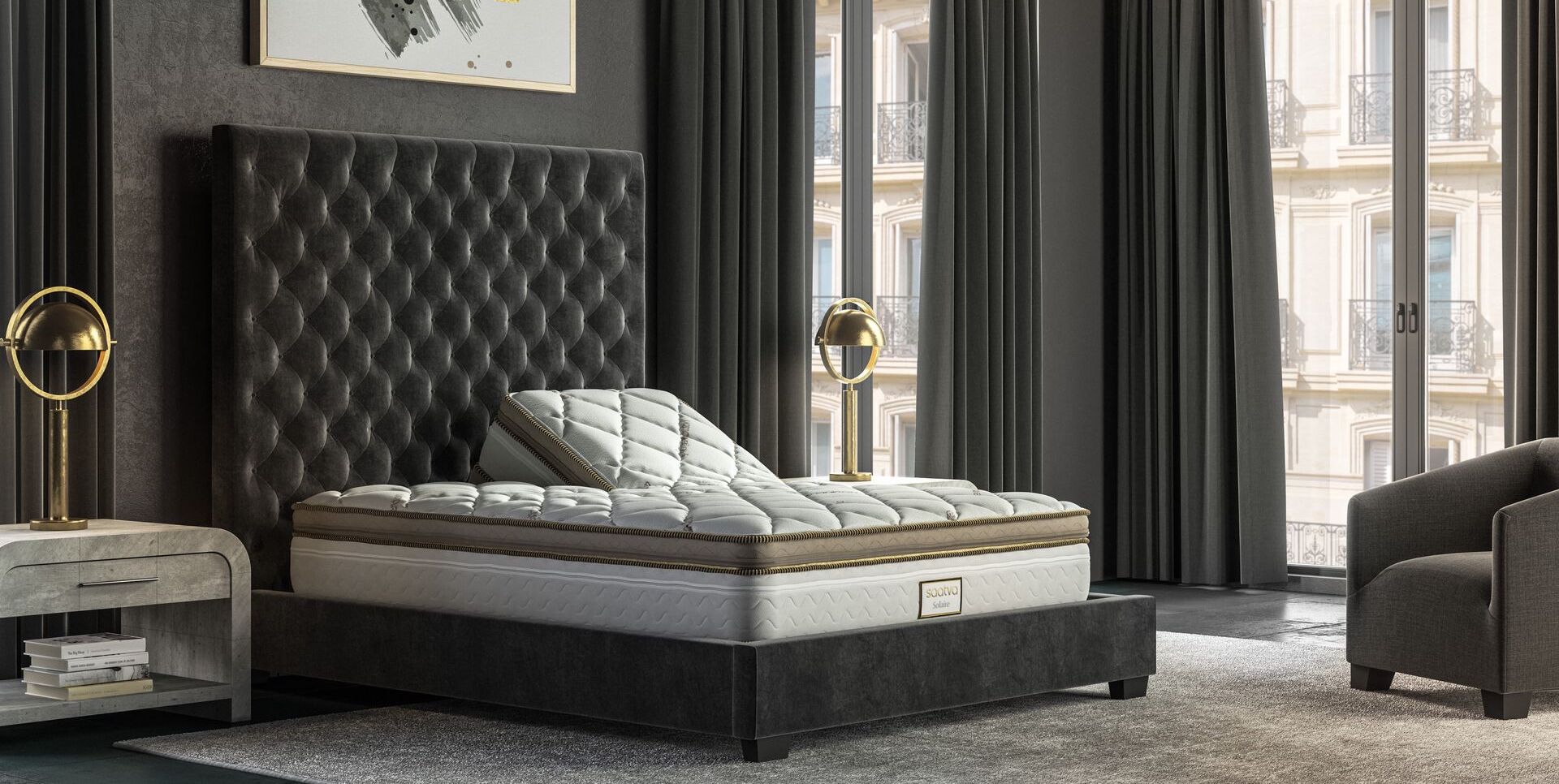
Our luxurious customizable mattress with 50 precise firmness options
vary when it comes to having good motion isolation. Air beds that have a single air chamber for a couple to share will have poor motion isolation, while those with dual chambers (a chamber per sleeper) and thick comfort layers will have minimal motion transfer.
Split king beds (a popular option in the adjustable firmness category) are great for eliminating motion transfer as they allow couples to personalize their side of the bed to not disturb their partners.
Latex mattresses
Latex mattresses vary in their ability to isolate movement—it depends on the type of latex, firmness, and thickness. Moreover, a
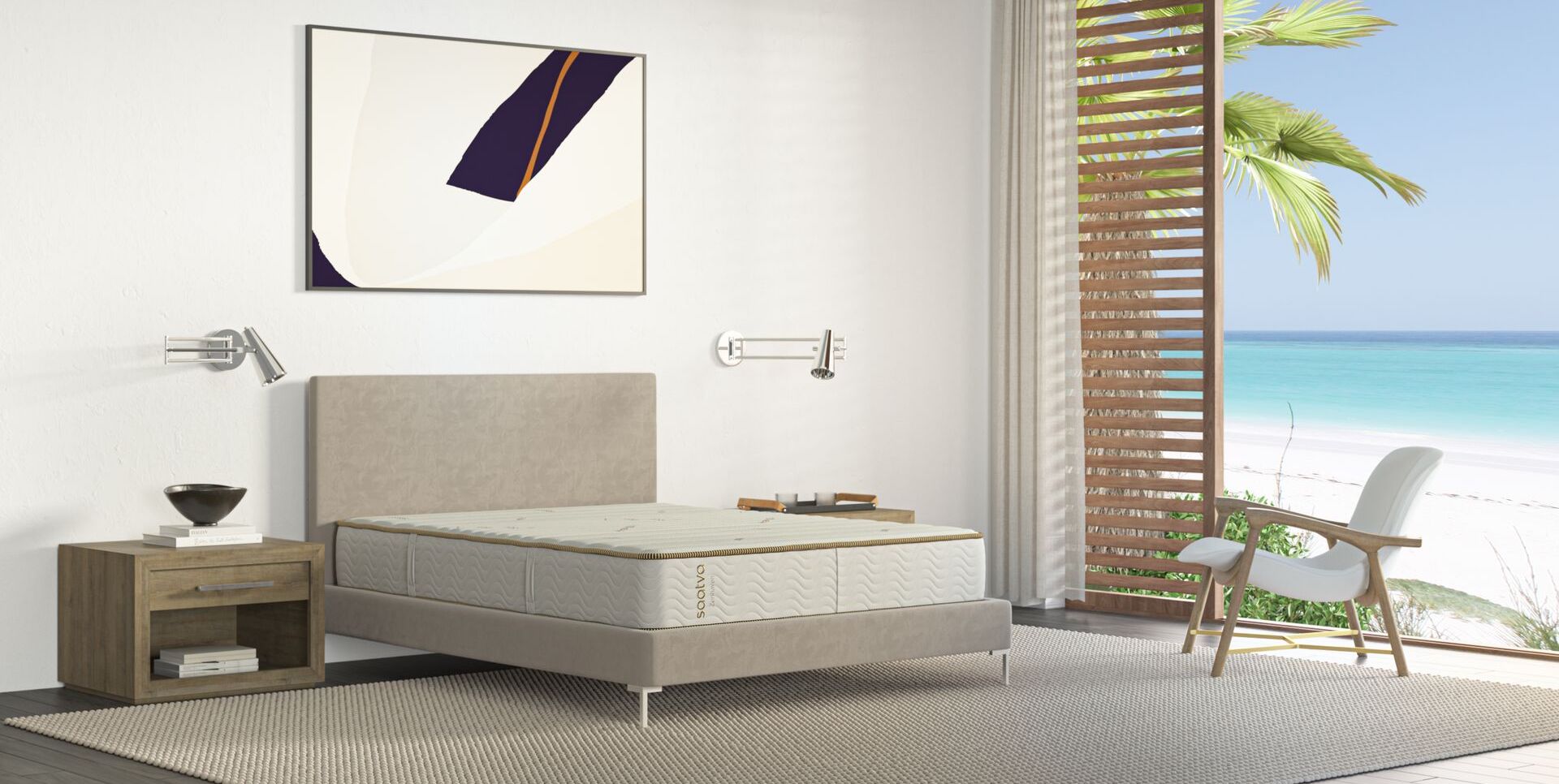
Our dual-sided organic natural latex mattress for buoyant, pressure-relieving comfort
often uses softer latex in the comfort layers and firmer, denser latex in the core for support.
A soft latex comfort layer is capable of isolating surface-level movement, however, it may not be able to prevent motion transfer caused by the bounciness of the entire bed.
Innerspring mattresses
Innerspring mattresses typically have very poor motion isolation. An innerspring mattress contains an interconnected coil system and little to no comfort layers.
While this coil system provides support, the naturally bouncy coils move as a unit when you or your partner toss and turn, allowing the smallest of movements to ripple throughout the mattress.
Not to mention, this type of coil system will cause the mattress surface to slant if one partner is heavier, worsening the motion transfer.
Are there any drawbacks to motion isolation?
Motion isolation is incredibly important for some people, particularly those who share a bed. But there are some downsides to consider, including:
- Difficult to move around on: Beds like memory foam mattresses are body-contouring. This prevents motion transfer for your partner but can make you feel like you’re sinking in an isolated space.
- Hard to get out of: Due to the “sinking-in” feel that motion-isolating mattresses have, it can be difficult for you or your partner to easily get out of bed. This problem is especially the case for the elderly or those injured.
- Won’t have much bounce: Mattresses with good motion isolation will have minimal bounciness. Some couples prefer a bouncy bed for sex.
FAQs
What causes motion transfer in a mattress?
Certain mattress types such as innerspring mattresses have poor motion isolation due to their interconnected coils. The springiness of these coils makes changing your sleep position or getting out of bed transfer over to your partner’s side.
What type of mattress doesn’t move when your partner moves?
Memory foam, hybrid, and split king mattresses don’t move when your partner moves due to their construction.
Is memory foam good for motion isolation?
Memory foam is excellent for motion isolation as it absorbs movement rather than transferring it to the surrounding areas.
Find the best mattress for motion isolation at Saatva
Motion transfer can disturb your sleep, so it’s very important to consider this factor when shopping for a new mattress. Fortunately, Saatva offers a wide range of mattresses that perform well in motion isolation, including memory foam mattresses and hybrid mattresses.
Check out our wide range of high-quality mattresses so you and your partner can start experiencing better sleep. All of our mattresses come with a 365-night home trial so you can try one out before deciding if it’s right for you.
Take our online mattress quiz to find out which of our mattresses is your perfect match.

